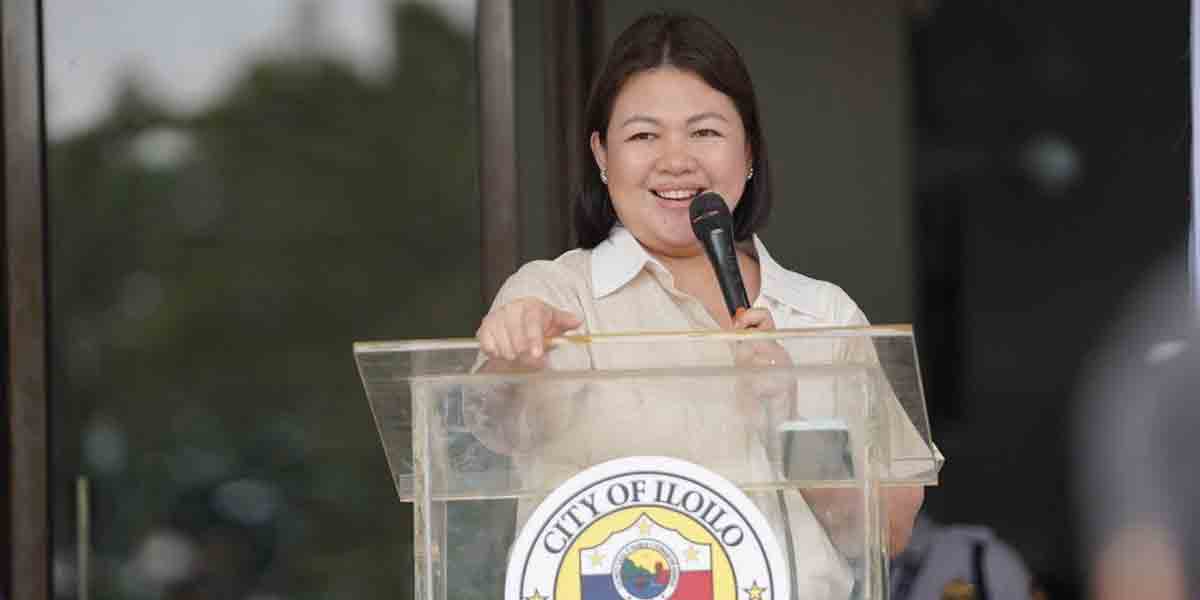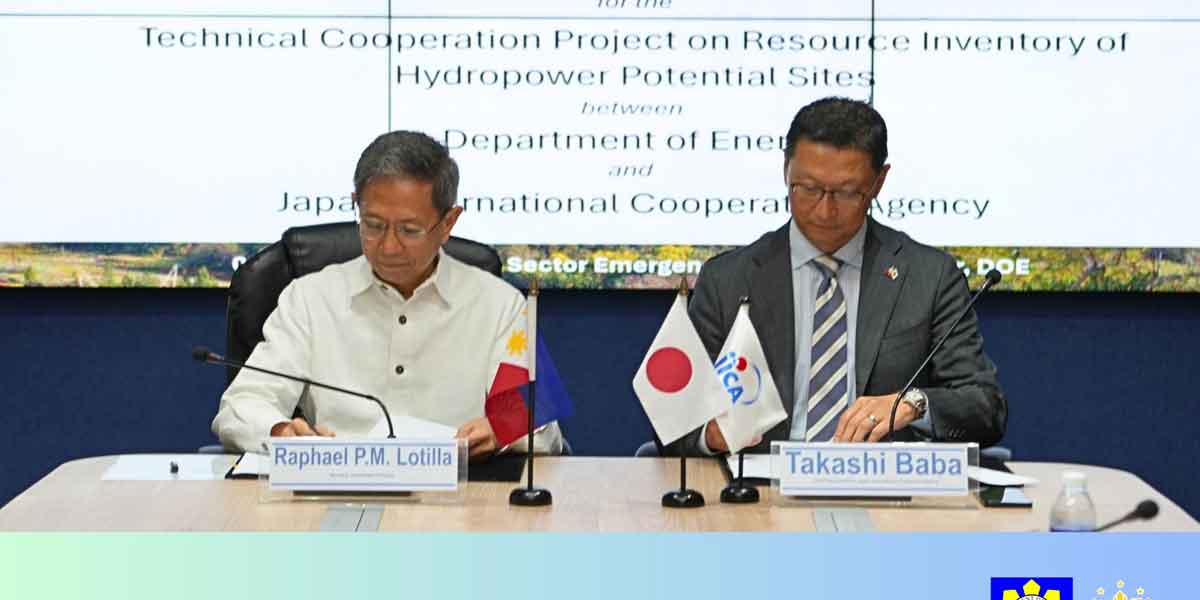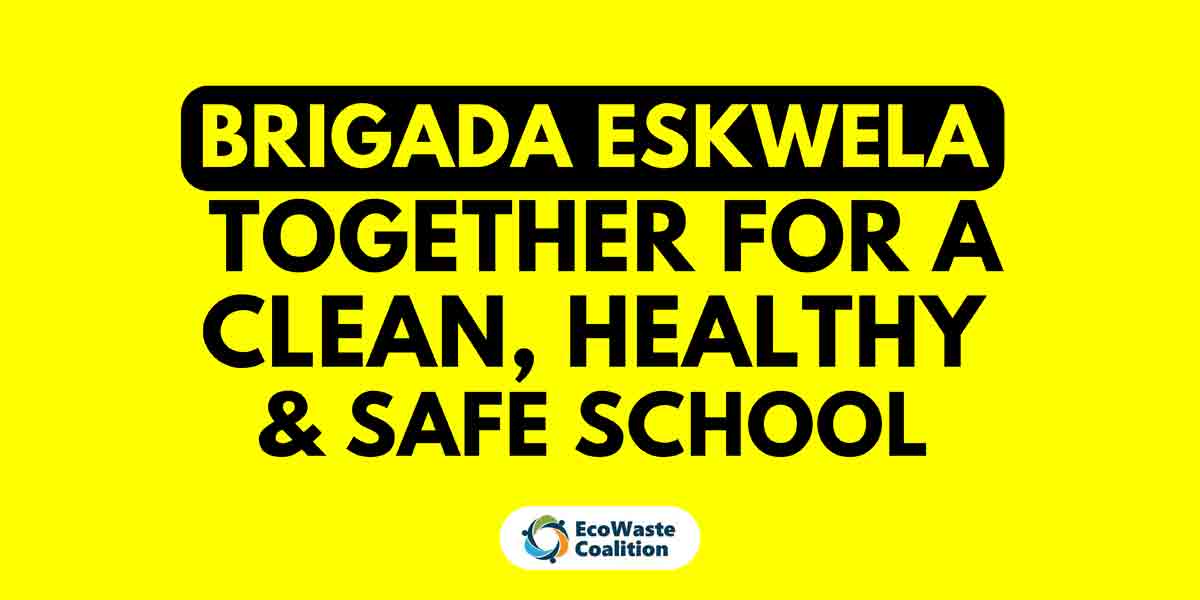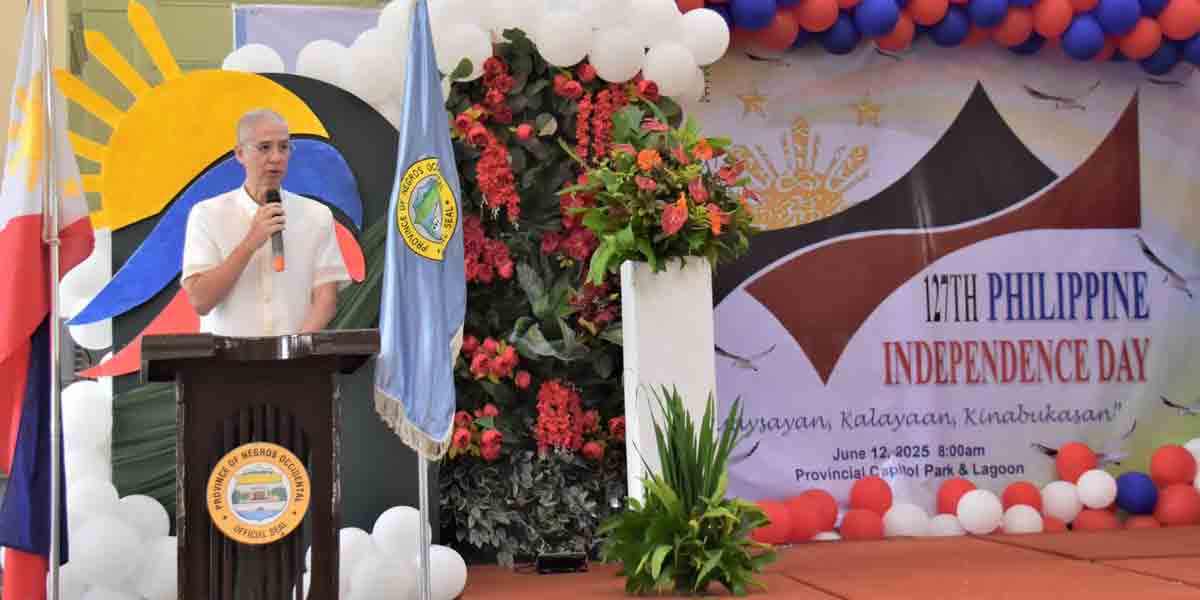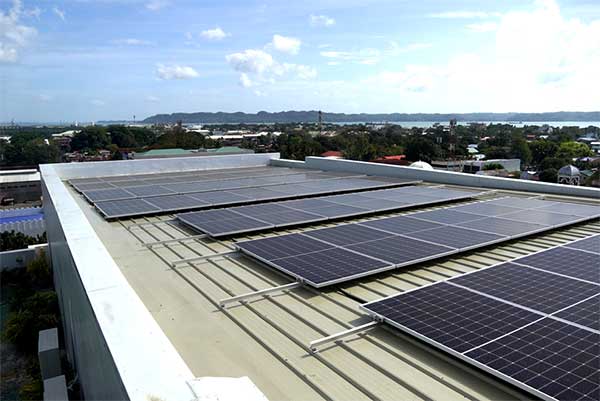
By Rjay Zuriaga Castor and Joshua Mendoza
Beyond reducing electricity costs and carbon footprint through solar power, consumers can also play an active role in the energy market by selling surplus energy back to the grid through the net-metering program.
With the country’s efforts to promote renewable energy (RE) adoption under the RE Act of 2008 (RA 9513), the Energy Regulatory Commission in 2013 formally adopted the Rules Enabling the net-metering program for RE.
This regulatory framework paved the way for consumers to participate in the energy market while supporting the country’s renewable energy goals.
The Department of Energy described net-metering as a scheme that allows customers of distribution utilities (DUs) to install RE facilities — such as solar panels — on their premises, generating electricity for their own consumption while exporting any excess power to the grid.
To ensure an accurate measurement and billing of net energy usage, DUs install a bi-directional meter to the household. This specialized meter measures the flow of electricity in both directions: from the grid to the consumer (import) and from the consumer’s renewable energy system (like solar panels) back to the grid (export).
The bi-directional meter then determines the net energy usage of the household by subtracting the amount of energy exported from the amount imported.
How do Solar and Net-Metering Work?

Originally, net metering was limited to installations of up to 100 kilowatts (kW). However, the cap was later increased to 1 megawatt (MW), encouraging larger-scale renewable energy adoption among households and businesses.
Aside from solar power, eligible RE systems for net metering also include wind, biomass, and biogas energy systems, as long as their generating capacity does not exceed the prescribed limits.
Net-metering’s growing interest
Recognizing the need to make RE adoption more accessible, MORE Electric and Power Corp. (MORE Power), Iloilo City’s DU, signed a tripartite agreement with the Energy Regulatory Commission (ERC) and Iloilo City government to streamline net-metering and distributed energy resources (DER) applications.
The agreement, signed in August 2023, made Iloilo City a pioneer in the Visayas region to sign a pact that aims to streamline the adoption of RE among consumers.
Through this initiative, all requirements are centralized in one location, making the application process more efficient.
“At the time that we started (2020), the net metering program was already there. We just continued it, and we acknowledged the existence of those customers already connected to the program coming from the previous distribution utility,” said Neil Parcon, head of the Corporate Planning & Regulatory Affairs Department of MORE Power.
Since March 2020, MORE Power has received over 500 net metering applications, with 432 currently active or energized to the grid.
The trend has gained momentum in recent years, particularly in 2023, when the number of applications doubled compared to previous years.
While the figures fluctuated—peaking at 128 applications in 2020 before slightly decreasing to 125 in 2024—the overall increase indicates that more consumers are exploring solar power as an alternative.
“One of the major factors driving this trend is the rising electricity rates. Even though MORE Power has adjusted its rates, we are still seeing more customers interested in reducing their electricity costs,” said Bea Badiango, Asst. Customer Service Manager or MORE Power.
She also noted the growth of solar providers offering competitive options in the market to be another contributing factor to the increase in NMP applications.
“Another key factor is that solar energy is now more visible and accessible to consumers. The market for solar providers in Iloilo City has expanded, making it easier for residents to consider this option,” she said.
Badiango noted that the majority of applicants are residential households, including those with relatively low electricity bills (around PHP 3,000 to PHP 4,000 per month).
MORE Power currently has a one-stop shop for processing net metering and DER applications.
This initiative aims to streamline the application process, making it more accessible and efficient for consumers interested in renewable energy solutions.
Application challenges
Despite its benefits, the net-metering application process involves multiple steps and additional costs imposed by both the local government and DUs.
Consumers availing of net metering must pay charges covering system enhancements, additional meter readings, and operational costs.
Based on DOE guidelines, to participate in the net-metering program, customers must submit a Letter of Intent to their distribution utility DU, which will then provide a list of required documents mandated by the energy department.
Requirements typically include a Net-Metering Application Form, identification documents, a Certificate of Compliance (COC), and a Certificate of Renewable Energy Facility Equipment.
Additional documents include an updated electrical plan signed by a Professional Electrical Engineer, a Plant Parameters Form, and a Distribution Impact Study which the DU completes within 60 days, among others. It also includes a COC application fee of PHP 1,500.
The process involves application filing, technical evaluation, inspections, and compliance with interconnection facility plans before final approval and energization.
Joseph Teruel, general manager of solar power service provider Peak Power, said during the initial engagement, clients are asked about their purpose for installing solar power, which usually falls into two categories: cost savings or ensuring power stability during interruptions.
If their goal is savings, they are further asked about their expected reduction in electricity costs. If their usage is primarily during the day, they are encouraged to consider applying for net metering.
Net-metering program application process
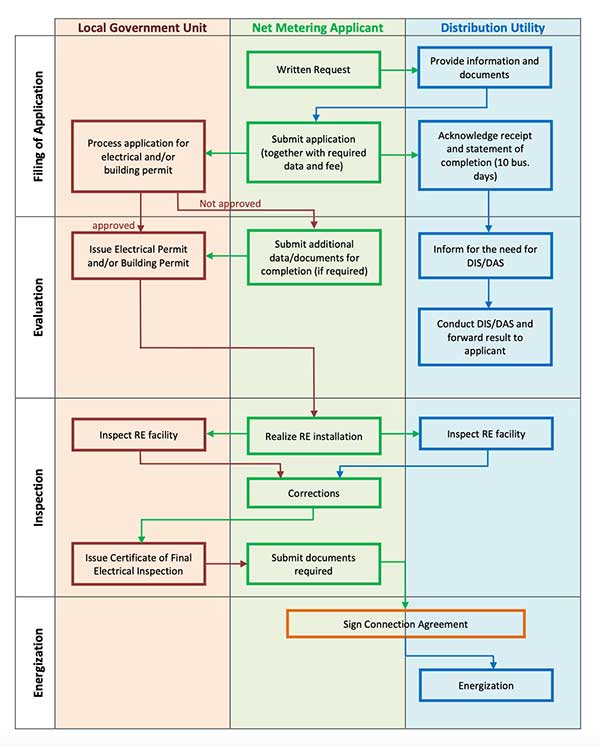
Teruel further explained that many of his clients — mostly schools and offices — find that their solar savings during the day are only sufficient for their consumption.
“There’s an increasing trend in the application for solar. But when it comes to net metering, sometimes they just opt to use their day-time savings of electricity, especially since most of my clients are schools and offices,” he said.
“The time that solar provides the savings is enough for them. That’s why some of them don’t really apply for that metering anymore,” he added.
Despite its benefits, the net-metering application process involves multiple steps and additional costs imposed by both the local government and DUs.
“It’s beneficial (net-metering). Unfortunately, there are a lot of requirements. Sometimes, they lose time to do all the required documents needed. So they will just opt out,” he added.
Weighing the benefits
Consumers who generate their own electricity reduce the amount purchased from the DU, leading to savings based on the DU’s retail rate.
In net-metering, any excess power exported to the DU earns peso credits at the DU’s blended generation cost, which are then deducted from future electricity bills.
Specifically, the amount of excess energy exported in kilowatt-hours (kWh) is multiplied by the DU’s blended generation cost (excluding other generation adjustments) to determine the peso credit amount.
“The benefit is that your bill is reduced, but it’s not a one-to-one deduction. The rate for exported power is different from the rate you pay for consumption. That’s why some consumers find the savings less than expected. But on the upside, solar users also have backup power through battery storage, which is useful during outages,” Badiango explained.
For example, if a household generates 500 kilowatt-hours (kWh) of electricity in a month but only consumes 400 kWh, the excess 100 kWh is exported to MORE Power.
If MORE Power’s blended generation rate is PHP 6 per kWh, the exported energy would earn a PHP 600 credit. If the household’s total bill is PHP 2,400, the credit would reduce it to PHP 1,800.
Engr. Louie Capospos of MORE Power emphasized the need for better consumer education regarding the expectations and realities of net metering, especially concerning the relationship between solar energy production and household consumption.
He noted that many consumers mistakenly believe that having solar panels will eliminate their electricity bills entirely.
“There are other customers who think that their electricity will be free and they won’t have to pay any more to MORE Power. Other customers, because they already have solar or net metering facilities, what they are doing is they are adding appliances,” he said.
He stressed that solar capacity recommendations or installations are based on a household’s current energy consumption.
If additional appliances are added, savings from solar energy can be negated, as solar production may be absorbed entirely by new appliances. This reduces the expected decrease in electricity bills.
Capospos noted that among the common challenges in net-metering include do-it-yourself (DIY) solar panel installations that do not meet standards, leading to complications during inspections.
He stressed that ensuring compliance with technical standards and using accredited installers is essential for the success of net metering installations, which can lead to smoother operations and better outcomes for consumers.
Meanwhile, though net-metering provides an additional energy source, MORE Power said its contribution is minimal compared to the average demand needed by Iloilo City.
Parcon explained that most solar rooftop installations generate only 3 to 10 kilowatts and operate for about 4 to 5 hours daily, far from the 16 to 18 hours of capacity needed to meet consumer demand.
“The net-metering supply is quite minuscule compared to what we are purchasing,” he said.
(This is the second part of a three-part story. The narrative will continue in subsequent installments, which will be published separately.)
PART 1: In Iloilo City, residents turn to renewable energy – but at a cost
Reporting for this story was supported by the Institute for Climate and Sustainable Cities under the Jaime Espina Klima Correspondents Fellowship.

